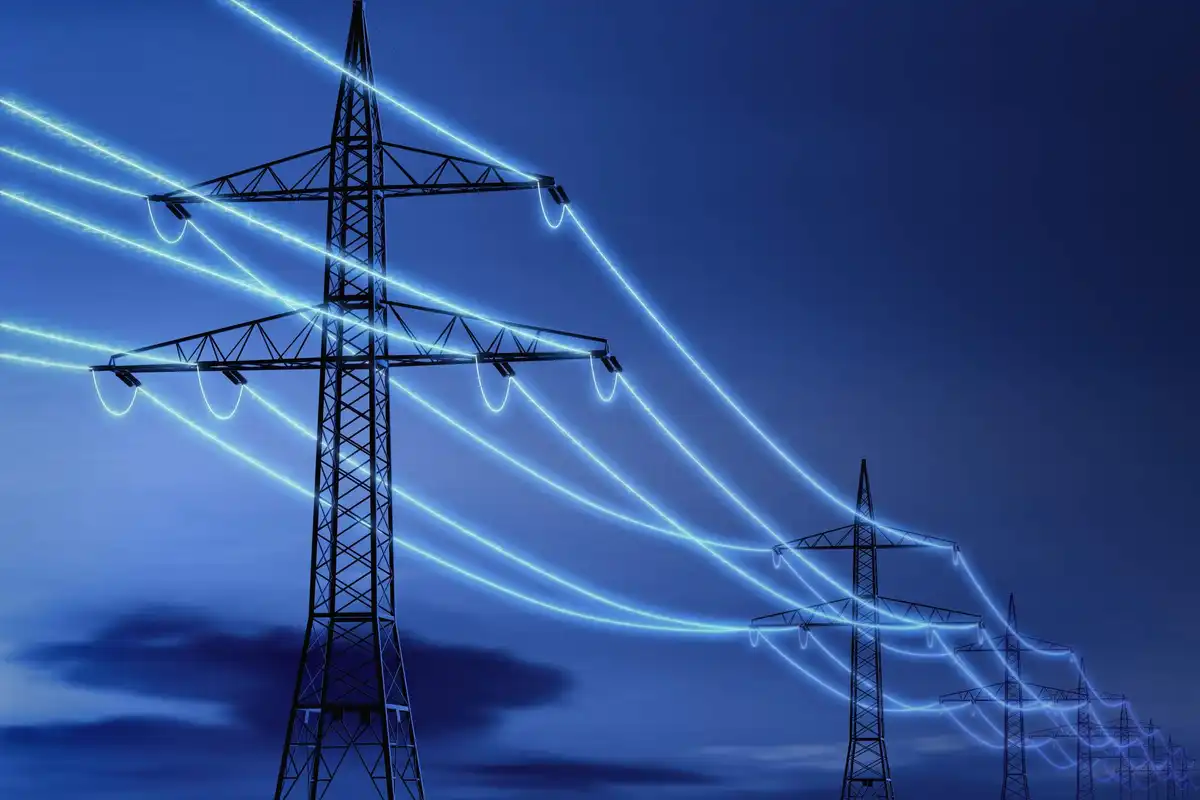Tesla unveils its robotaxi, plans to bring autonomous driving tech to other models in 2025
hop in
Texas-based Tesla unveiled its long-awaited robotaxi at a Hollywood studio Thursday night, though fans of the electric vehicle maker will have to wait until at least 2026 before they are available.
CEO Elon Musk pulled up to a stage at the Warner Bros. studio lot in one of the company's “Cybercabs," telling the crowd that the sleek, AI-powered vehicles don't have steering wheels or pedals. He also expressed confidence in the progress the company has made on autonomous driving technology that makes it possible for vehicles to drive without human intervention.
Tesla began selling the software, which is called “Full Self-Driving,” nine years ago. But there are doubts about its reliability.
“We’ll move from supervised Full Self-Driving to unsupervised Full Self-Driving. where you can fall asleep and wake up at your destination,” he said. "It’s going to be a glorious future.”
Tesla expects the Cybercabs to cost under $30,000, Musk said. He estimated that the vehicles would become available in 2026, then added “before 2027.”
The company also expects to make the Full Self-Driving technology available on its popular Model 3 and Model Y vehicles in Texas and California next year.
“If they’re going to eventually get to robotaxis, they first need to have success with the unsupervised FSD at the current lineup,” said Seth Goldstein, equity strategist at Morningstar Research. “Tonight’s event showed that they're ready to take that step forward.”
When Tesla will actually take that step, however, has led to more than a little anxiety for investors who see other automakers deploying similar technology right now. Shares of Tesla Inc. tumbled 9% at the opening bell Friday.
Waymo, the autonomous vehicle unit of Alphabet Inc., is carrying passengers in vehicles without human safety drivers in Phoenix and other areas. General Motors’ Cruise self-driving unit had been running robotaxis in San Francisco until a crash last year involving one of its vehicles.
Also, Aurora Innovation said it will start hauling freight in fully autonomous semis on Texas freeways by year’s end. Another autonomous semi company, Gatik, plans to haul freight autonomously by the end of 2025.
“Tesla yet again claimed it is a year or two away from actual automated driving -- just as the company has been claiming for a decade. Indeed, Tesla’s whole event had a 2014 vibe, except that in 2014 there were no automated vehicles actually deployed on public roads,” Bryant Walker Smith, a University of South Carolina law professor who studies automated vehicles, told The Associated Press in an email. “Now there are real AVs carrying real people on real roads, but none of those vehicles are Teslas. Tonight did not change this reality; it only made the irony more glaring.”
Tesla had 20 or so Cybercabs on hand and offered event attendees the opportunity to take rides inside the movie studio lot — not on Los Angeles' roads.
At the presentation, which was dubbed “We, Robot” and was streamed live on Tesla’s website and X, Musk also revealed a sleek minibus-looking vehicle that, like the Cybercab, would be self-driving and can carry up to 20 passengers.
The company also trotted out several of its black and white Optimus humanoid robots, which walked a few feet from the attendees before showing off dance moves in a futuristic-looking gazebo.
Musk estimated that the robots would cost between $28,000-$30,000 and would be able to babysit, mow lawns, fetch groceries, among other tasks.
“Whatever you can think of, it will do,” he said.
The unveiling of the Cybercab comes as Musk tries to persuade investors that his company is more about artificial intelligence and robotics as it labors to sell its core products, an aging lineup of electric vehicles.
Tesla’s model lineup is struggling and isn’t likely to be refreshed until late next year at the earliest, TD Cowen analyst Jeff Osborne wrote in a research note last week.
Osborne also noted that, in TD Cowen’s view, the “politicization of Elon” is tarnishing the Tesla brand among Democrat buyers in the U.S.
Musk has endorsed Republican presidential candidate Donald Trump and has pushed many conservative causes. Last weekend he joined Trump at a Pennsylvania rally.
Musk has been saying for more than five years that a fleet of robotaxis is near, allowing Tesla owners to make money by having their cars carry passengers while they’re not in use by the owners. Musk said that Tesla owners will be able to put their cars into service on a company robotaxi network.
But he has acknowledged that past predictions for the use of autonomous driving proved too optimistic. In 2019, he promised the fleet of autonomous vehicles by the end of 2020.
The announcement comes as U.S. safety regulators are investigating Full Self Driving and Autopilot based on evidence that it has a weak system for making sure human drivers pay attention.
In addition, the U.S. National Highway Traffic Safety Administration forced Tesla to recall Full Self-Driving in February because it allowed speeding and violated other traffic laws, especially near intersections. Tesla was to fix the problems with an online software update.
Last April in Snohomish County, Washington, near Seattle, a Tesla using Full Self-Driving hit and killed a motorcyclist, authorities said. The Tesla driver told authorities that he was using the system while looking at his phone when the car rear-ended the motorcyclist. The motorcyclist was pronounced dead at the scene, authorities said.
NHTSA says it’s evaluating information on the fatal crash from Tesla and law enforcement officials.
The Justice Department also has sought information from Tesla about Full Self-Driving and Autopilot, as well as other items.
- Tesla sales fall for second straight quarter despite price cuts, but decline not as bad as expected ›
- Fatal Tesla crash reported to be using self-driving system ›
- Tesla again recalls futuristic new Cybertruck ›
- Texas-based Tesla gets China's initial approval of self-driving software ›
- Texas-based Tesla posts first quarterly increase in deliveries, but shares slump ›
- 2 charged with stealing battery manufacturing secrets from Texas-based EV giant ›






 The unique programming will prepare and upskill a workforce where robotics have a seat at the table. Photo via uh.edu
The unique programming will prepare and upskill a workforce where robotics have a seat at the table. Photo via uh.edu

 Air Liquide and Hyundai agreed to expand hydrogen refuelling networks, storage capacity and more at a meeting in Seoul last week. Photo courtesy Air Liquide.
Air Liquide and Hyundai agreed to expand hydrogen refuelling networks, storage capacity and more at a meeting in Seoul last week. Photo courtesy Air Liquide.
